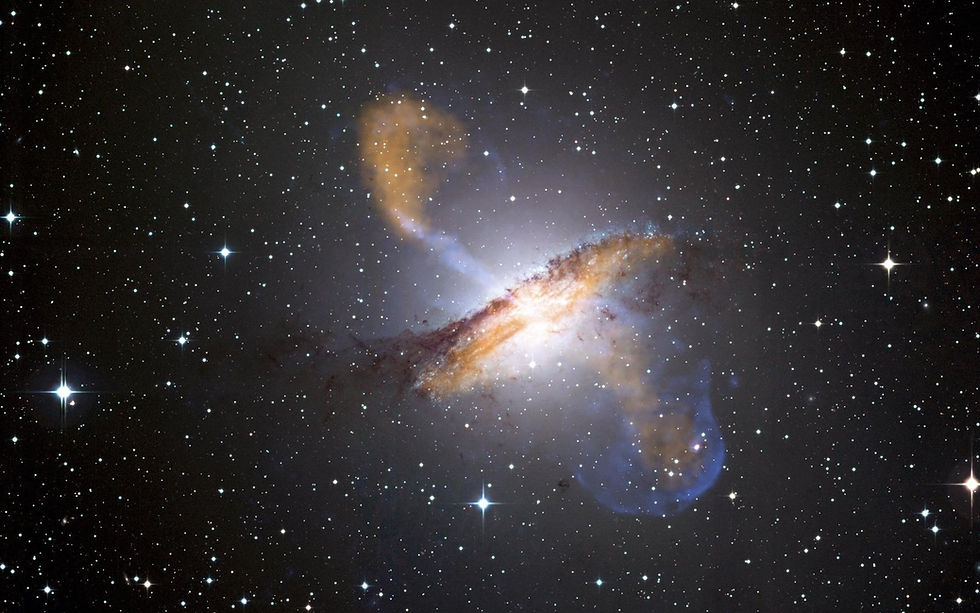Schrödinger's cat: dead or alive?
- Ariel
- Feb 6, 2022
- 2 min read
Updated: Dec 27, 2022

Is Schrodinger’s cat dead or alive? It’s both! At least until the box is opened…
Schrodinger’s cat is a thought experiment created by Erwin Shrodinger in 1935 to demonstrate the peculiarity of quantum mechanics. The experiment involves a cat locked in a box, whose fate is determined by some radioactive substance that has an equal chance of decaying or not decaying at the end of an hour. If the substance were to decay it would set off a series of events which would eventually lead to the death of the cat. If however, the substance does not decay, the cat will remain alive.
Schrodinger argues that because of the random nature of the subatomic event needed to kill or not kill the cat, before opening the box and observing what happened to the cat, the cat is stuck in a state where it is both dead and alive. In a superposition of both states. However, once the box is opened, the cat becomes one or the other.
This experiment was Shrodinger’s attempt to illustrate the Copenhagen interpretation on the double slit experiment and the absurdity of quantum mechanics.
The above mentioned experiment consisted of shooting single atoms at a detection screen, through two slits. Instead of what we would normally expect, the pattern that appears would be an interference pattern like a wave (multiple stripes), rather than what particles would create (two stripes like the slits). This means that the particle going through the slit is either interacting with other particles which are about to be fired or itself. It only gets weirder from here…
When we try to find out what is happening at the slits, by placing a detector, the particles’ behaviour changes from wave to particle. It doesn’t matter where the detector is placed, behind the slits or before, the result is always the same.
The Copenhagen interpretation devised by Niels Bohr and Werner Heisenberg explains this phenomenon by theorising that an atom before interpretation, is not distinct and can potentially be in various places at the same time with various properties, as well as different probabilities associated with them. This is why a probability wave pattern appears initially. However the probability wave collapses as soon as it is measured and becomes distinct with distinct positions and properties.
This is not the only theory trying to explain the double slit experiment. The Von Neumann Wigner interpretation argues that it is not measurement that causes the wave function to collapse but rather the consciousness of the observer. Hugh Everett in 1957 devised the Many Worlds interpretation, in which he explains that there are potentially an infinite number of other realities that exist where the wave function has not collapsed, and that only in our reality are we measuring it.
Personally, I don’t really fully support any of the theories. I think that they all have valid points but the entire experiment is just so hard to wrap my head around that it is hard to believe anything right now. This was a long article, but hopefully it helped to explain a little about the strange and wonderful world of quantum and spark interest in readers to further pursue this topic.
_edited.png)



Comments